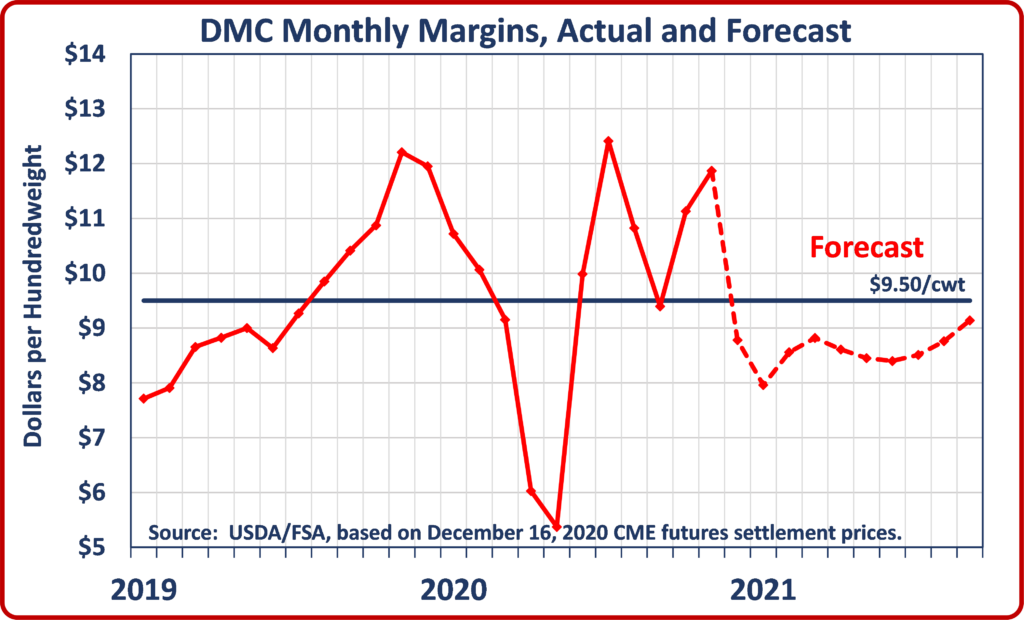President Donald Trump and Vice President J.D. Vance have now taken their oaths of office, and the 119th Congress has been seated. While the opening weeks of a new Congress and presidency focus on nominations and organization, these important housekeeping processes will soon give way to a busy legislative session.
We know dairy is ready for an action-packed 2025. NMPF’s major legislative goals begins with passage of a five-year farm bill, but what makes up that bill for dairy is just as important.
First, enabling schools to offer whole and reduced-fat milk is paramount. Milk provides 13 essential nutrients and is the top source of calcium, potassium, phosphorus, and vitamin D for children ages 2-18. However, just last month, the Dietary Guidelines Advisory Committee’s Scientific Report reaffirmed that 88% of all Americans are underconsuming dairy. The bipartisan Whole Milk for Healthy Kids Act, recently reintroduced in Congress, provides the solution. This bill would allow, but not require, schools to serve all varieties of milk, including whole and reduced-fat milk. A growing body of evidence demonstrates that dairy foods at all fat levels have a neutral or positive effect on health outcomes. NMPF strongly supports swift passage of this measure to solve a critical child nutrition problem.
This problem is made clearer by the data. Accurate, transparent data drives strong public policymaking. And that brings up another NMPF policy priority: remedying the persistent lack of accurate data when it comes to the costs of manufacturing raw milk into processed dairy products, which denies stakeholders an essential tool for assessing how milk pricing formulas ought to be structured.
A fix lies in the Fair Milk Pricing for Farmers Act, a bipartisan bill to require USDA to conduct mandatory dairy manufacturing cost surveys every two years. This will equip all voices in the dairy industry with better data to help drive future dairy pricing conversations.
Ongoing discussions on dairy pricing are vital for an industry that continues to innovate and advance. But milk pricing isn’t the only area where innovation is necessary. On the farm, U.S. dairy farmers benefit from safe and effective feed ingredients that can boost productivity in their herds and support environmental stewardship. However, the Food and Drug Administration’s current outdated review process for these ingredients hinders their timely approval and puts U.S. dairy farmers at a disadvantage with their global competitors. NMPF supports the bipartisan Innovative FEED Act, first introduced in 2023, to create a safe but expeditious process for FDA to review these products to help farmers make important gains and stay competitive.
These are just a handful of the major legislative efforts NMPF seeks to advance. Each of these bipartisan bills made headway last year as the House and Senate began their respective farm bill processes. With the new Congress getting ready to produce results, dairy stands ready to get these important priorities signed into law.
Gregg Doud
President & CEO, NMPF








